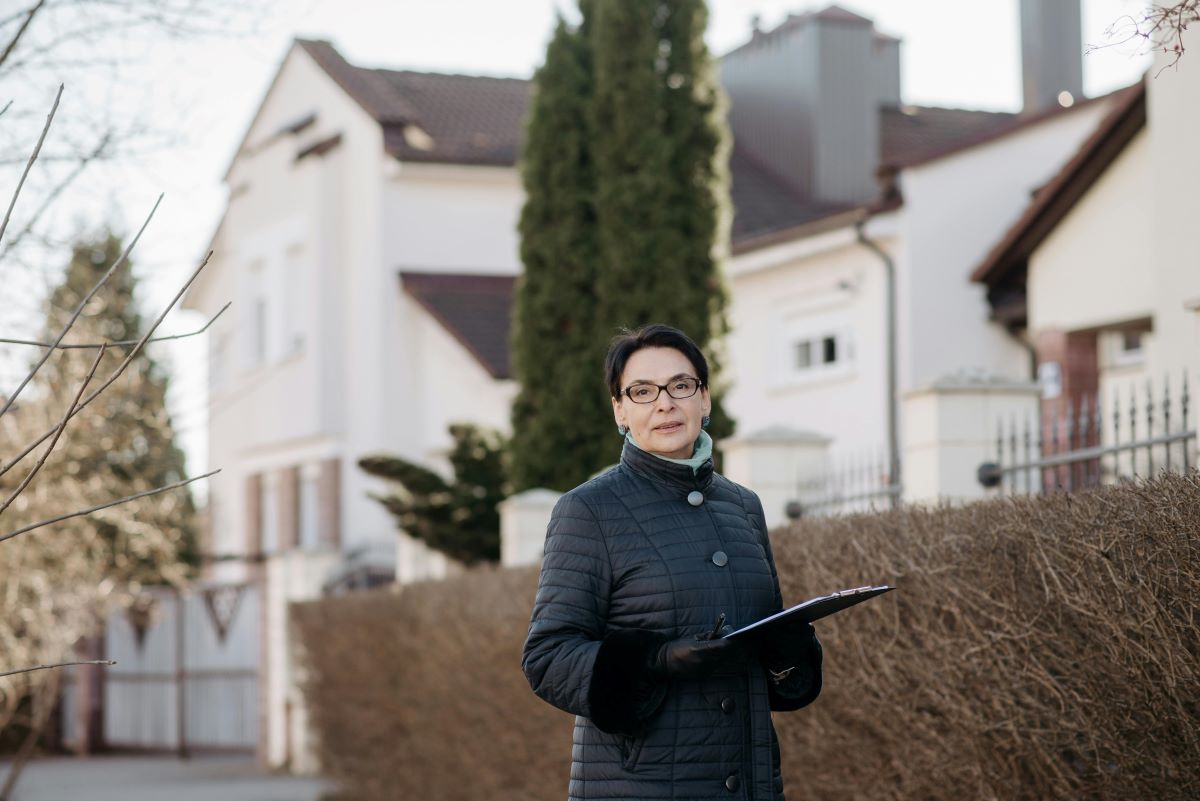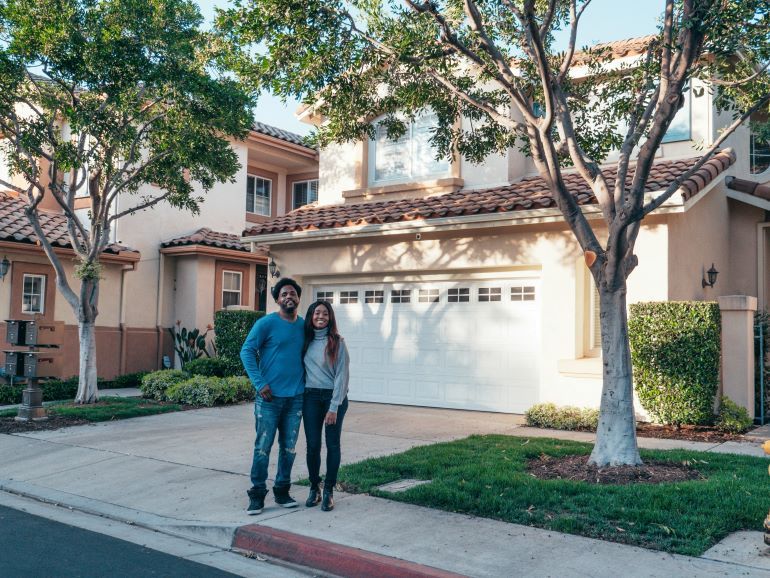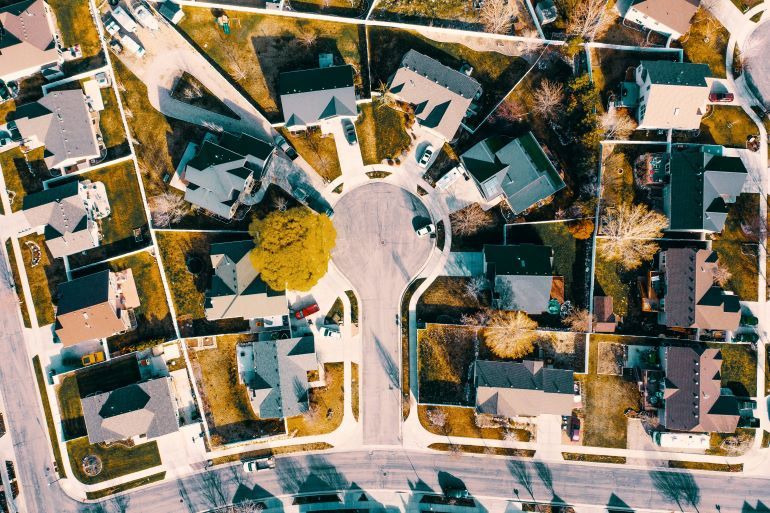
Shared spaces create the first impression in any neighborhood. Clean walkways, cared-for lawns, and safe amenities tell residents and visitors that the area matters. Boards that maximize shared space upkeep in HOAs not only protect property values but also create an atmosphere where people feel comfortable and secure. Proper attention to these areas builds consistency, reduces repair costs, and prevents avoidable problems. When upkeep becomes a routine rather than a rushed fix, the results show. Strong planning, fair funding, and clear communication all turn maintenance into an ongoing success story instead of a struggle.
Understanding Shared Spaces Clearly
Shared spaces cover everything from walkways to pools, parking areas, and green zones. Clear definitions help boards plan ahead and prevent disputes. At the same time, maximizing HOA efficiency depends on knowing exactly which areas need regular care. This clarity allows for better scheduling, fair budgeting, and smoother vendor coordination. When responsibilities stay outlined, fewer issues slip through unnoticed. Consistent attention also improves resident confidence and protects long-term value. A detailed list of shared assets becomes the foundation for smart planning. With clear boundaries, every upkeep effort starts strong and stays organized.

Homeowners enjoy well-maintained HOA surroundings that reflect consistent care and attention to shared spaces.
Creating a Reliable Maintenance Schedule
A reliable schedule keeps shared areas in top condition and prevents costly surprises. Regular upkeep ensures systems, structures, and amenities remain safe. Planned timelines also improve vendor coordination and help distribute costs more evenly. Boards can review needs by season, then match tasks to available resources. For example, pool inspections work well in spring, while landscaping thrives under seasonal attention. Consistency builds trust and keeps shared assets appealing. With a steady plan in place, upkeep becomes smoother, more predictable, and less stressful for everyone involved.
Prioritizing Safety and Partnering with Professionals
Shared spaces must follow safety rules, legal codes, and accessibility standards. Clear focus on compliance protects residents and avoids unnecessary liability. Professional vendors bring expertise that ensures inspections and repairs meet required standards. Licensed contractors also provide dependable service and reduce risks tied to poor workmanship. Moving into an HOA often means learning new expectations. It helps to gather information before moving so rules and maintenance standards stay clear from the start. Residents who understand moving policies, parking guidelines, and amenity access settle in with fewer frustrations. Reliable vendors also assist with these transitions by keeping common areas clean and accessible. Consistent professional involvement builds confidence, while strong compliance reinforces long-term safety.
So, when safety and quality align, upkeep stays steady. Regular oversight with skilled partners ensures shared spaces remain dependable, attractive, and supportive of everyone’s daily routines.
Building a Strong Funding Plan
Sound financial planning supports lasting upkeep of shared areas. Reserve funds prepare for large repairs and sudden needs. Boards that maximize shared space upkeep in HOAs also connect dues with real maintenance demands. Balanced budgets reduce conflict and create fairness for every household. Transparent accounting builds trust and avoids confusion about how funds support repairs. Regular reviews of expenses and future projections keep finances stable. With steady funding in place, upkeep efforts continue without delay or financial stress.

Neighbors connecting through friendly interactions that strengthen relationships and support shared space upkeep in HOAs.
Encouraging Resident Involvement
Active involvement from residents strengthens upkeep efforts and creates stronger support for shared spaces. Small actions, like reporting issues early, prevent costly damage later. Organized clean-up days also improve cooperation and create pride in shared amenities. Clear communication of rules or coordinating tasks in shared spaces ensures smoother upkeep and fewer disputes. Explaining what homeowners need to know helps everyone follow standards and respect common areas. Feedback systems, whether digital or in-person, give residents a voice and highlight overlooked concerns. By engaging consistently, boards and residents maintain safer, cleaner, and more appealing surroundings. Active participation also reduces unnecessary wear, lowers expenses, and increases satisfaction for everyone who uses shared amenities.
Using Smart Tools, Regular Checks, Green Care, and Clear Communication Helps Maximize Shared Space Upkeep in HOAs
Strong upkeep thrives when several strategies connect. Technology, inspections, landscaping, and communication work best when combined thoughtfully. Each approach strengthens the next and keeps shared areas dependable.
Adopt modern tools. Digital systems track maintenance, manage work orders, and lower costs with energy-saving upgrades.
Perform regular checks. Scheduled walkthroughs catch small issues before they grow. Professional audits also confirm safety and structural reliability.
Focus on landscaping. Healthy plants, clean pathways, and efficient watering enhance appearance and protect property values year-round.
Communicate consistently. Updates on repairs, closures, or new projects reduce frustration and keep residents informed.
These methods create a cycle of steady care. Technology improves scheduling. Inspections verify needs. Landscaping sustains beauty. Communication ties everything together. When applied consistently, this mix ensures lasting results. Shared spaces stay attractive, safe, and reliable while costs remain under control. Clear direction and connected strategies keep maintenance effective and avoid overlooked responsibilities. This combined approach strengthens planning and builds confidence that upkeep receives full attention from start to finish.
Key Strategies to Maximize Shared Space Upkeep in HOAs
Strong upkeep depends on a mix of clear planning, fair budgets, and dependable execution. Boards that track seasonal needs, set realistic timelines, and review progress build steady results. Financial processes also matter. Also, simplifying dues collection ensures funds remain available for ongoing maintenance without delays. Transparent systems reduce missed payments and improve confidence in how money supports shared areas. In addition, frequent inspections and smart vendor partnerships provide reliability. Communication strengthens every effort by keeping residents informed and involved. When these elements connect, shared spaces stay cared for, attractive, and useful long after projects begin.

Well-planned HOA neighborhoods rely on consistent upkeep of shared areas to protect property values and enhance daily living.
A Lasting Approach to Shared Space Care
The effort to maximize shared space upkeep in HOAs should continue year after year. Lasting results come from steady attention rather than quick solutions. When residents see clean common areas, safe amenities, and neat landscaping, they feel confident about where they live. Regular planning and timely action stop small problems from growing into expensive repairs. The most successful boards connect good funding, reliable vendors, and smart technology with clear communication. This balanced approach creates trust and shows that care for shared spaces remains a priority for everyone involved.




